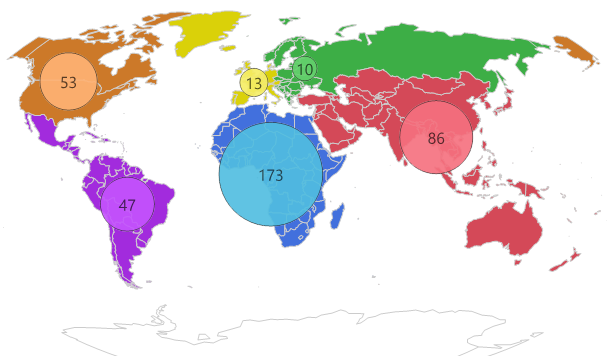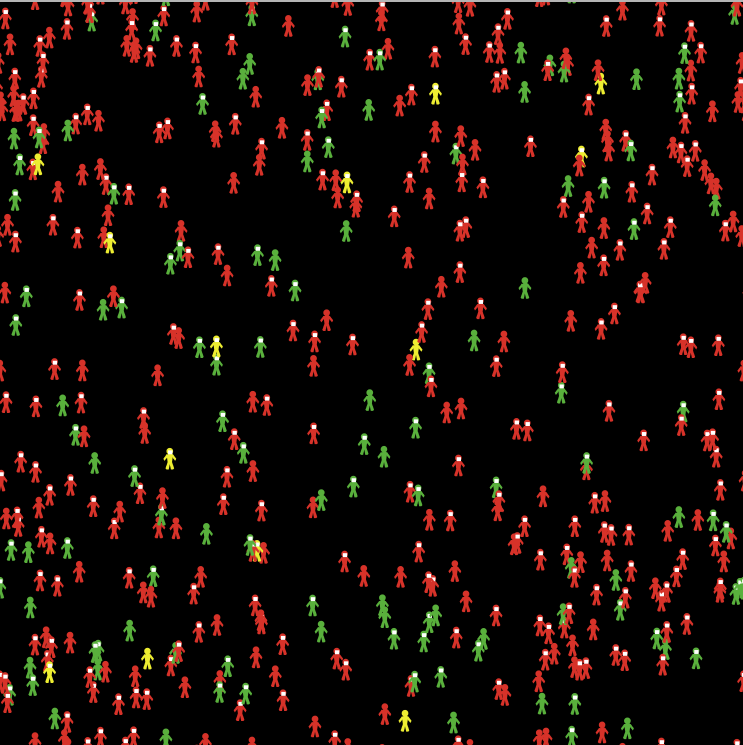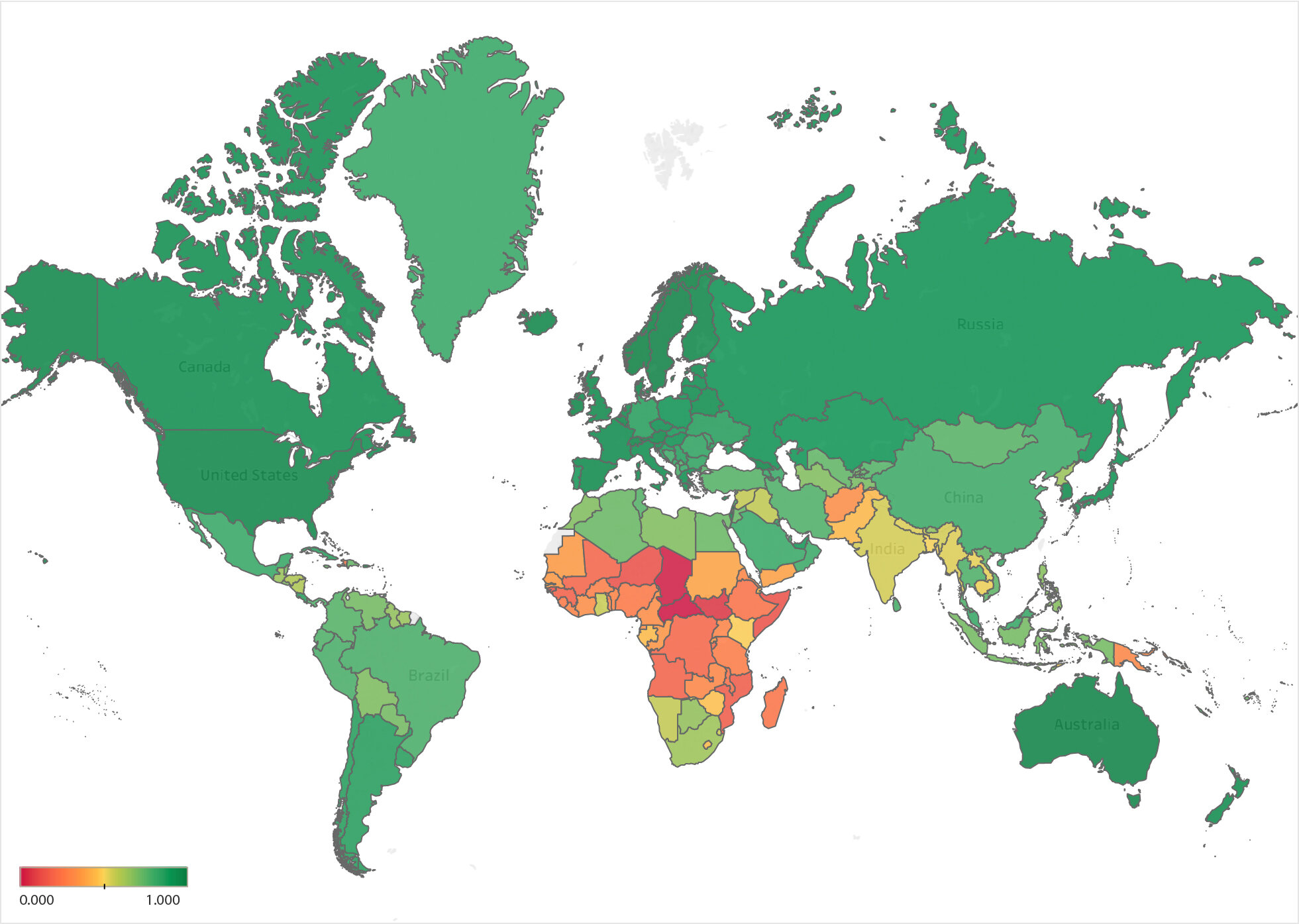Research
My research focuses on predictive models to help product design teams make decisions that will lead to positive impact and improved sustainability.

Trade-off Characterization Between Social and Environmental Impacts Using Agent-Based Product Adoption Models and Life Cycle Assessment
Abstract: Meeting the UN's sustainable development goals efficiently requires designers and engineers to solve multi-objective optimization problems involving trade-offs between social, environmental, and economic impacts. This paper presents an approach for designers and engineers to quantify the social and environmental impacts of a product at a population level and then perform a trade-off analysis between those impacts. In the approach, designers and engineers define the attributes of the product as well as the materials and processes used in the product's life cycle. Agent-Based Modeling (ABM) tools that have been developed to model the social impacts of products are combined with Life-Cycle Assessment (LCA) tools that have been developed to evaluate the pressures that different processes create on the environment. Designers and engineers then evaluate the trade-offs between impacts using Pareto frontiers to find non-dominated solutions that minimize environmental impacts while maximizing positive and/or minimizing negative social impacts. Product adoption models generated by ABM allow designers and engineers to approximate population-level environmental impacts and avoid Simpson's paradox, where a reversal in choices is preferred when looking at the population-level impacts versus the product-level impacts. This analysis of impacts has the potential to help designers and engineers create more impactful products that aid in reaching the UN sustainable development goals.

Systematic Review and Classification of the Engineering for Global Development Literature Based on Design Tools and Methods for Social Impact Consideration
Abstract: While many tools and methodologies for assessing social impact exist and are used in the social science and global development fields, there is a lack of standard methods for considering the broader social impact of products in the engineering community. Some reasons these methods are not as widely used in the engineering community include designers not being aware of the methods, or methods not being widely applicable. The purpose of this research is to help designers and researchers find relevant design tools and methods for implementing social impact considerations. This is done through the classification of 374 papers in the Engineering for Global Development (EGD) literature along several dimensions including method purpose, industry sector, social impacts considered, sustainable development goals, paper setting, and data inputs required. This paper describes how designers and researchers can use this set of classified papers to locate relevant design tools and methods to improve social impact considerations in their work.

Aligning learning objectives and approaches in global engineering graduate programs: Review and recommendations by an interdisciplinary working group
Abstract: Despite decades of global development programming, poverty persists in the low-and-middle-income countries targeted by these efforts. Training approaches to global development must change and the role of engineers in these efforts must evolve to account for structural and systemic barriers to global poverty reduction. Rapid growth in Global Engineering graduate programs in the United States and Canada creates an opportunity to unify efforts between academic institutions and ensure that programs align with the sector's needs as identified by practitioners. To build consensus on how to equip engineering students with the knowledge, skills and attitudes necessary, we convened practitioners, faculty and graduate students for a two-day workshop to establish an agreed-upon Global Engineering body of knowledge. The workshop was informed by a pre-event survey of individual participants and representatives of participating academic institutions with graduate programs in Global Engineering or a related field. Through the workshop breakout sessions and post-event work by the authors, we developed the following priority learning objectives for graduate education in global engineering: Contextual Comprehension and Analysis; Cross-cultural Humility; Global Engineering Ethics; Stakeholder Analysis and Engagement; Complex Systems Analysis; Data Collection and Analysis; Data-driven Decision Making; Applied Engineering Knowledge; Project Design; Project Management; Multidisciplinary Teamwork and Leadership; Communication; Climate Change, Sustainability, and Resilience; Global Health; and Development Economics. Although technical skills are central to preparing the next generation of Global Engineers, transversal and interdisciplinary skills are equally important in equipping students to work across sectors and account for barriers to global development and equity.

A Computational Simulation-Based Framework for Estimating Potential Product Impact During Product Design
Abstract: The impact of engineered products is a topic of concern in society. Product impact may fall under the categories of economic, environmental, or social impact, with the last category defined as the effect of a product on day-to-day life of people. Design teams lack sufficient tools to predict the social impact of products, and the combined impacts of economic, environmental, and social impacts for the products they are designing. In this paper we present a framework for the prediction of product impact during product design. To predict product impact, models of both the product and society are required. This framework integrates models of the product, scenario, society, and impact into an agent-based model to predict product impact. Although this paper demonstrates the framework using only social impact, the framework can also be applied to economic or environmental impacts individually or all three concurrently. Agent-based modeling has been used previously for product adoption models, but it has not been extended to predict product impact. Having tools for impact prediction allows for optimizing the product design parameters to increase potential positive impact and reduce potential negative impact.

Assessing Global Needs When Identifying Potential Engineering for Global Development Projects
Abstract: With limited time and resources available to carry out Engineering for Global Development (EGD) projects, it can be difficult to know where those resources should be allocated to have great potential for meaningful impact. It is easy to assume that projects should occur in a particular location based upon personal experience or where other development projects are taking place. This can be a consideration, but it may not lead to the greatest social impact. Where to work on a project and what problem to work on are key questions at the outset of an EGD project. To aid in this process, this paper presents a method for assessing global needs to ensure thoughtful use of limited EGD resources. We introduce a method for identifying locations where there is human need, gaps in technological achievement, and what countries are favorable to do business in. Results of the method are compared to what countries receive the most foreign aid dollars per capita. Measures were calculated using principal component analysis (PCA) on data collected from the United Nations, World Bank, World Economic Forum, and AidData. These results can help practitioners in selecting where to undertake development projects with an eye toward targeting locations that may yield high levels of social impact.